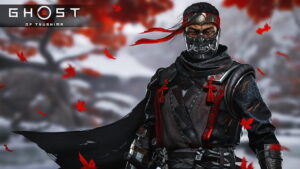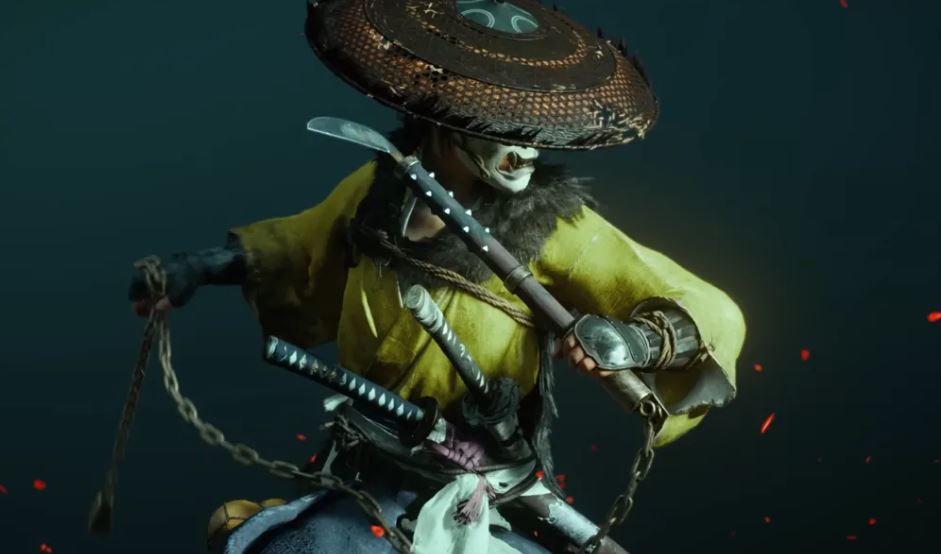
Analyzing the Ghost of Yotei Trailer: A Preview of the Historical Epic’s Potential
October 6, 2024The new trailer for Ghost of Yotei recently dropped, giving us a glimpse of the stunning visuals and intriguing historical references that could shape this new chapter in the Ghost of Tsushima saga. Set 300 years after the events of the original game, this sequel shifts the focus to the Hokkaido region (historically known as Ezo) in 1603, a period marked by political unrest, cultural conflict, and the emergence of new power dynamics under the Tokugawa shogunate.
Table of Contents
A Historical Backdrop Rooted in Turmoil
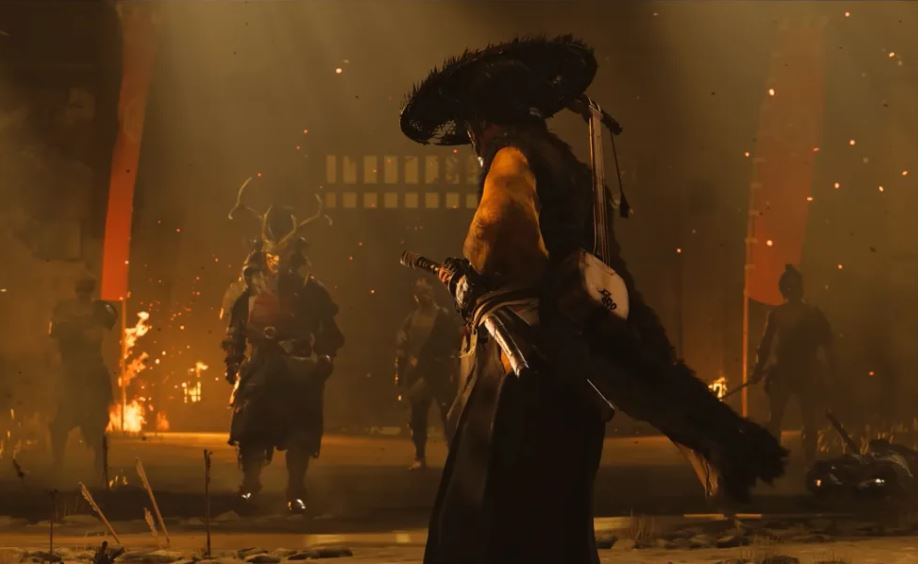
The opening quote, “We are beyond the edge of Japan,” hints at the game’s central conflict — Hokkaido (Ezo) was on the fringes of Japan, both geographically and politically. During this period, Ezo was a place of refuge for fleeing Ronin, Wokou pirates, and outcasts evading the newly established shogunate’s authority. The tension between the indigenous Ainu people and the Matsumae clan, who were loyal to the shogunate, sets the stage for a nuanced narrative that could delve deep into cultural clashes and political machinations.
Atsu’s Role and Historical Inspiration
The trailer introduces us to Atsu, a new protagonist who represents both the strength and complexity of the game. Clad in a bearskin cloak and wielding the iconic Niten’ichi two-sword style, Atsu’s character design is full of symbolism. The presence of wolf iconography on her hilt is notable, as it ties into the Ezo Wolf (Ezo Okami) mythology, a symbol of strength and guidance in Ainu culture. The Ezo Wolf, now extinct, was revered as a protector against evil, and Atsu’s association with it may hint at her motivations or moral compass.
The trailer also shows Atsu with a list of names — each crossed out in blood. It’s possible that she’s on a personal vendetta or mission of retribution. The final name, “Saito,” remains uncrossed, suggesting a primary antagonist or target that could play a pivotal role in her journey.
Historical Accuracy: Setting and Factions
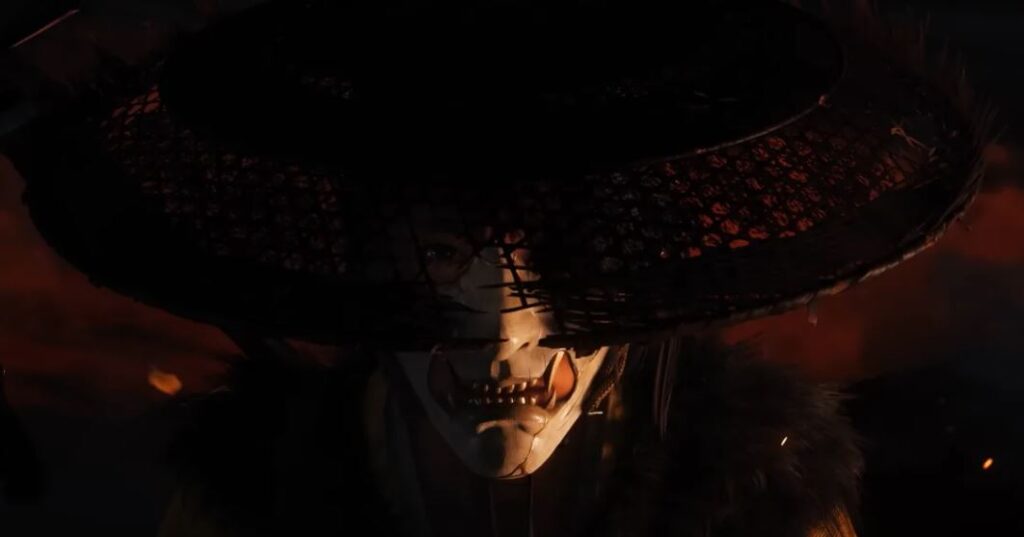
Sucker Punch’s commitment to historical accuracy shines through in the details. In 1603, Tokugawa Ieyasu became the first shogun of the Tokugawa dynasty. This marked the beginning of a new era in Japanese history, characterized by centralization of power and control over the country’s regions. Hokkaido, however, was still largely independent, making it a breeding ground for rebellion and resistance against Tokugawa rule.
The Matsumae clan, featured in the trailer, was one of the few allowed to interact with the Ainu. They established a castle in southern Ezo, consolidating their power and acting as a buffer between the indigenous people and the rest of Japan. This castle might be the fortress seen in the trailer — a place where Atsu’s story will unfold amidst the political and cultural friction.
The Ainu and Cultural Representation
The inclusion of the Ainu people, depicted as adversaries of the Matsumae, is both fascinating and unprecedented in gaming. The Ainu were known for their animistic beliefs and reverence for nature. The game might explore their conflict with the Japanese settlers who encroached upon their lands. The bear, an animal central to Ainu culture and seen in Atsu’s attire, could play a role in spiritual or combat sequences, reflecting the Ainu’s rituals and beliefs.
New Mechanics and Potential Gameplay
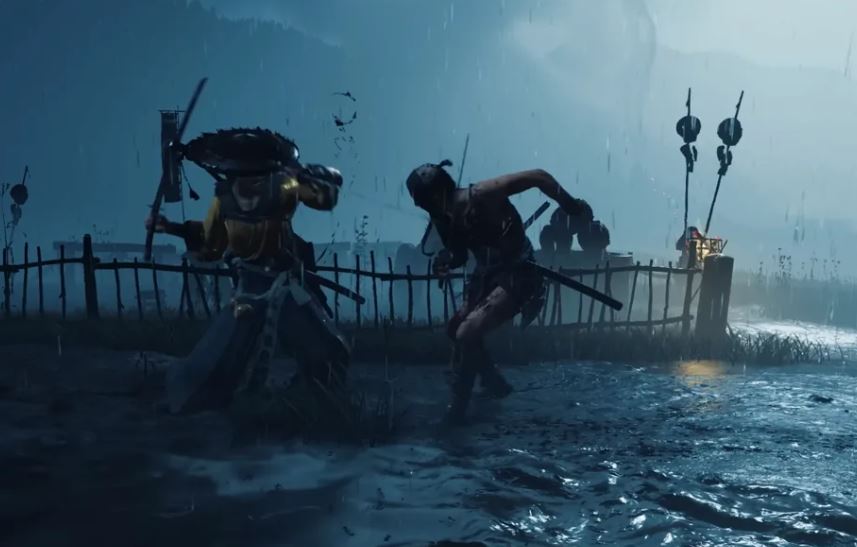
The trailer hints at new gameplay elements inspired by the period and the new protagonist. The presence of traditional weapons like the Kusarigama, the Arquebus rifle, and the Odachi sword points to a diverse combat system that could expand upon Ghost of Tsushima’s already refined mechanics. Atsu’s ability to use the Tsugaru Shamisen might also introduce unique distraction techniques or abilities reminiscent of a Geisha’s subterfuge, allowing for more stealth-based gameplay.
Additionally, the gold-repaired ghost mask on Atsu’s face is fixed using a technique known as Kintsugi, which involves mending broken pottery with gold lacquer. This could symbolize Atsu’s own history — a broken past repaired through resilience and determination, now worn as a badge of honour.
Visual and Musical Elements: Setting the Tone
The visual fidelity and stylistic elements in the trailer echo the Kurosawa-inspired aesthetic of Ghost of Tsushima. Every frame is carefully crafted to reflect the stark beauty of feudal Japan and the raw, untamed wilderness of Ezo. The music, featuring a haunting rendition of the Tsugaru Shamisen, sets a melancholic yet hopeful tone for Atsu’s journey.





